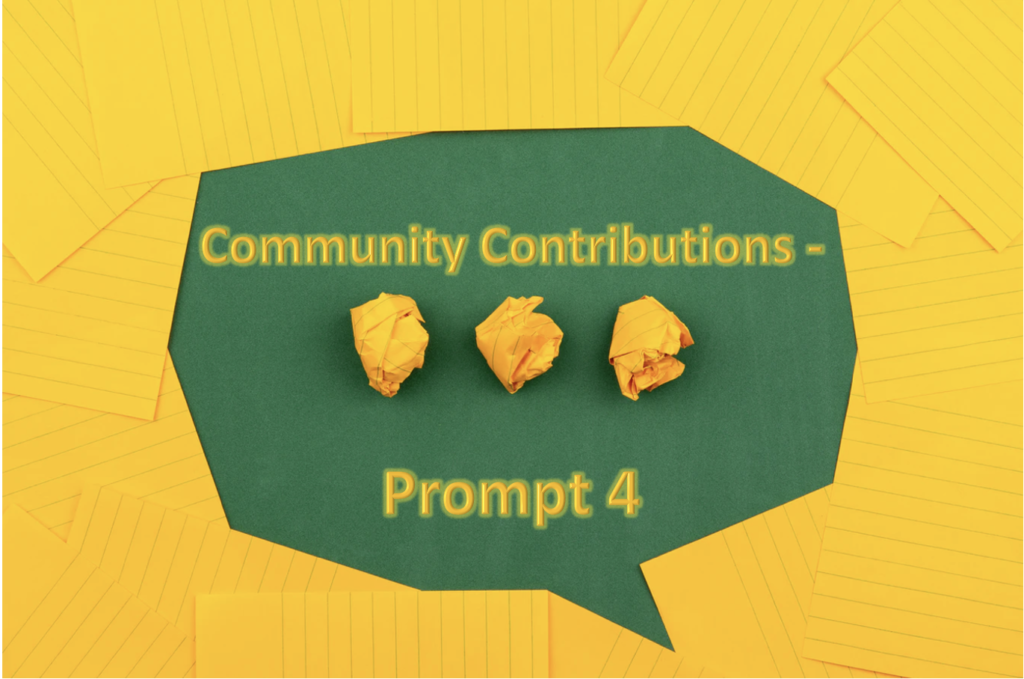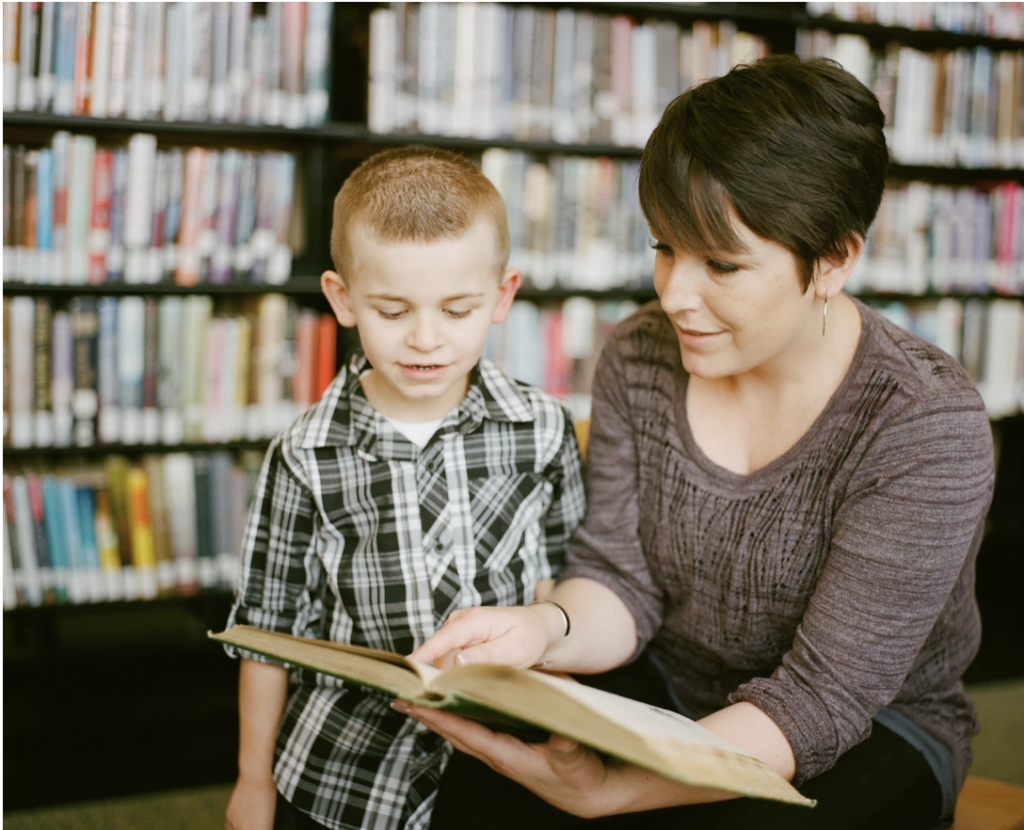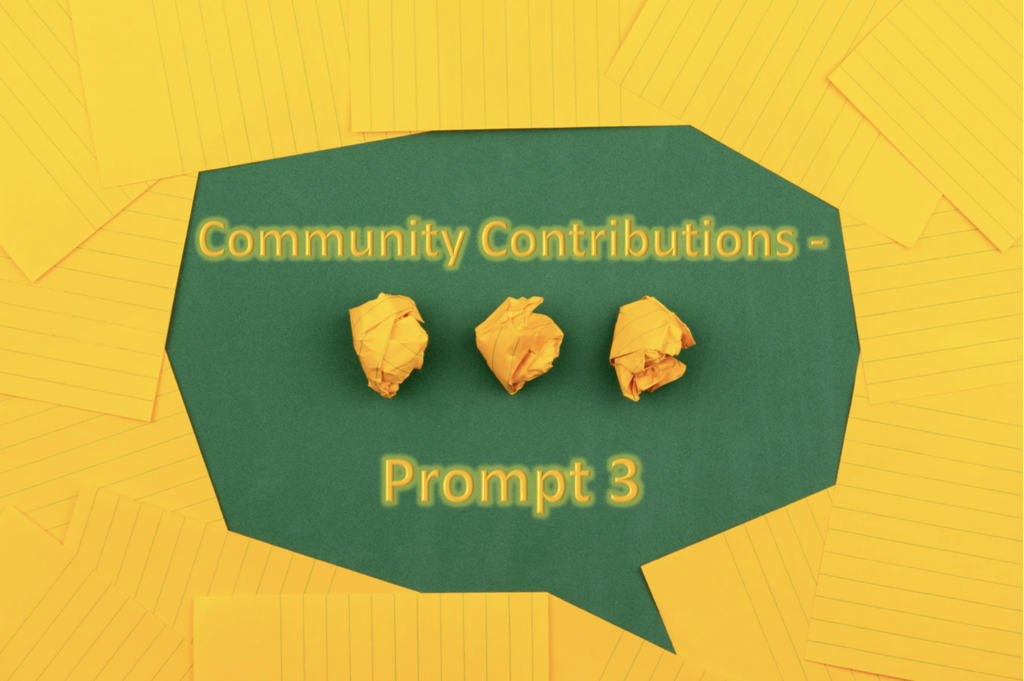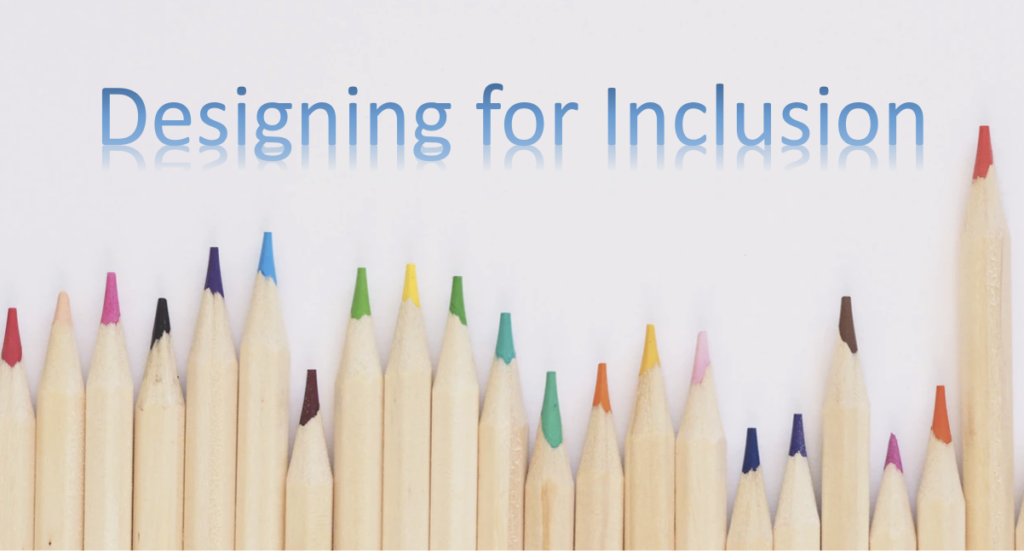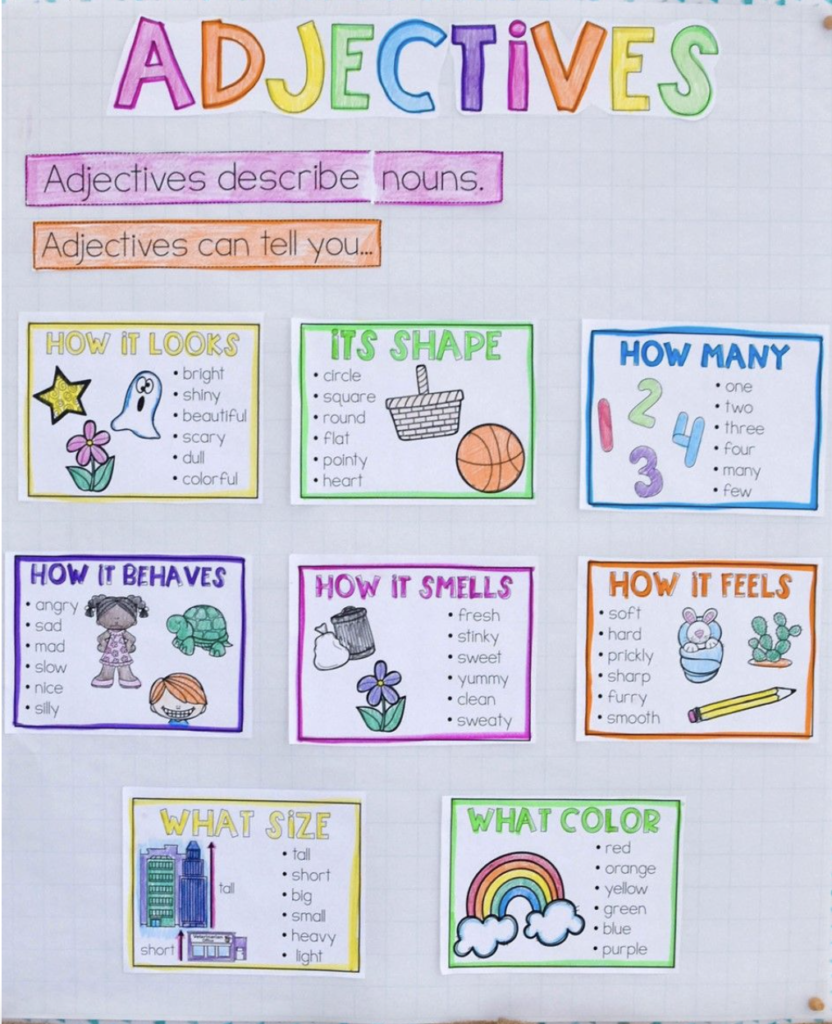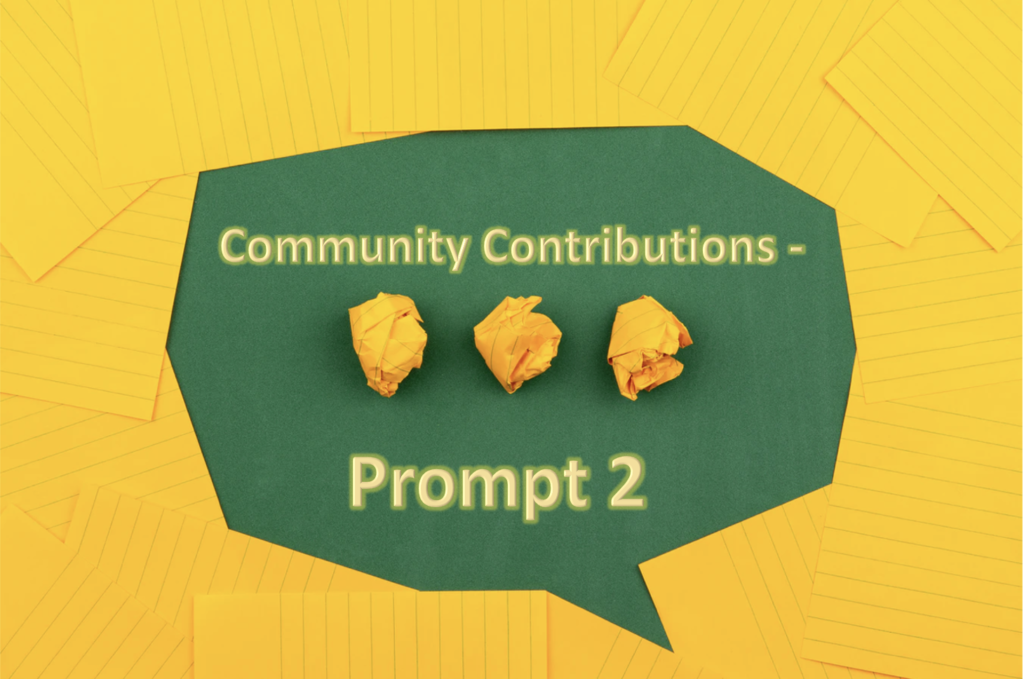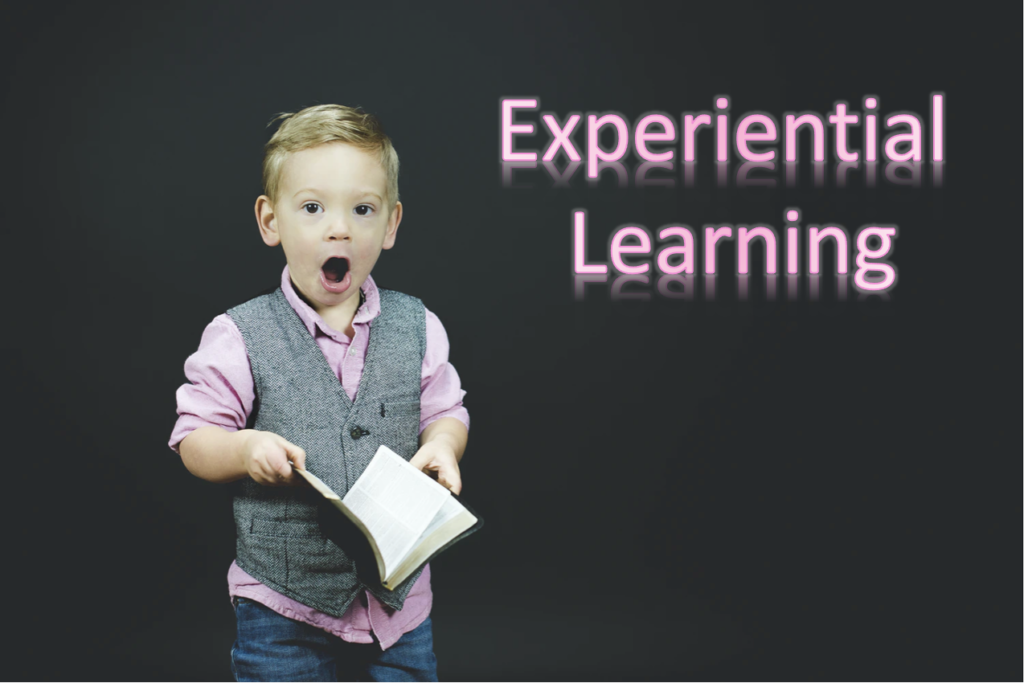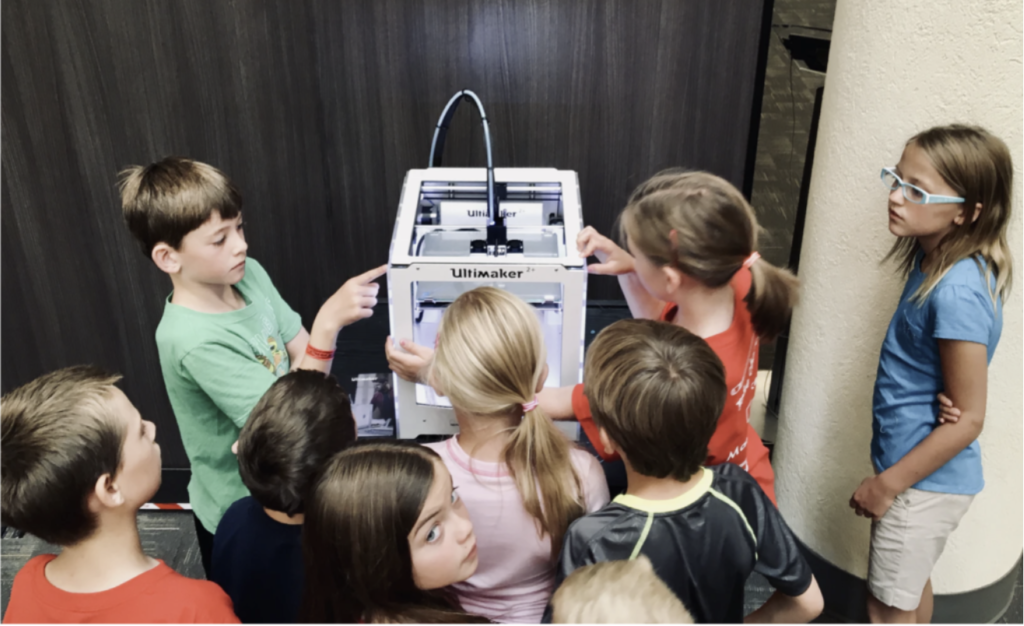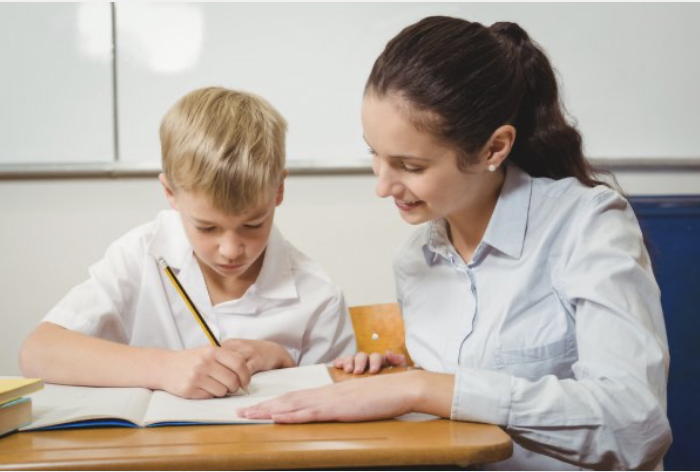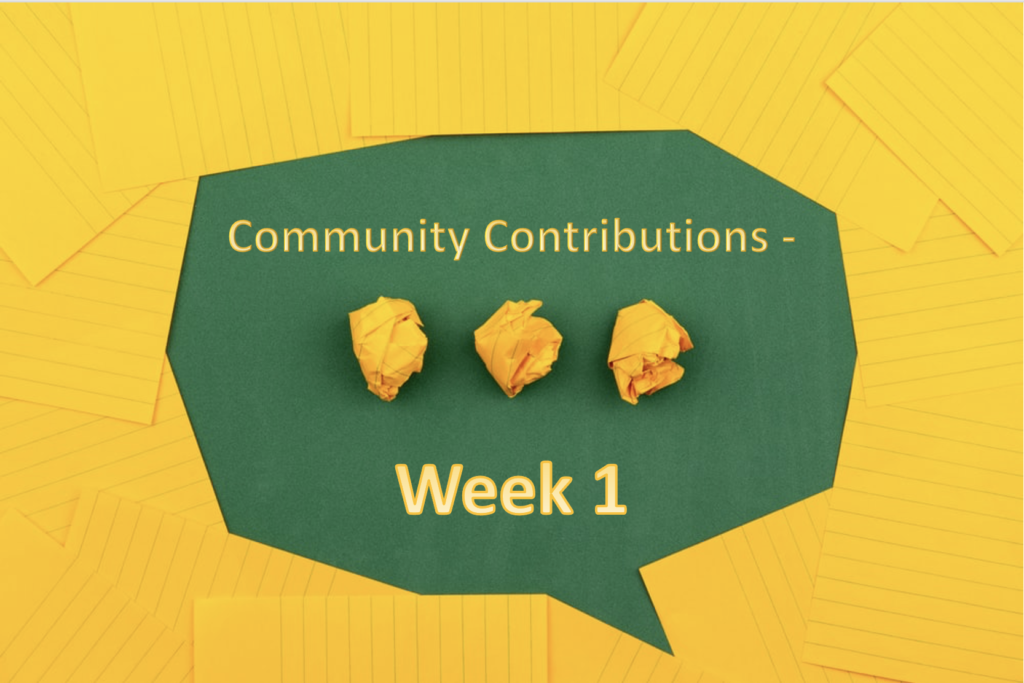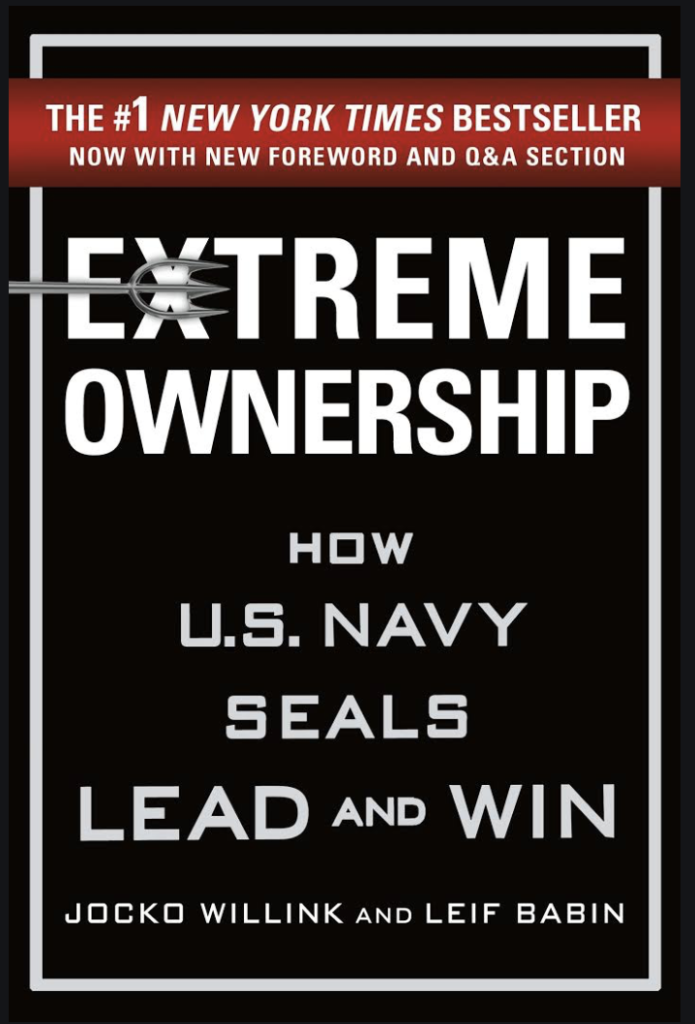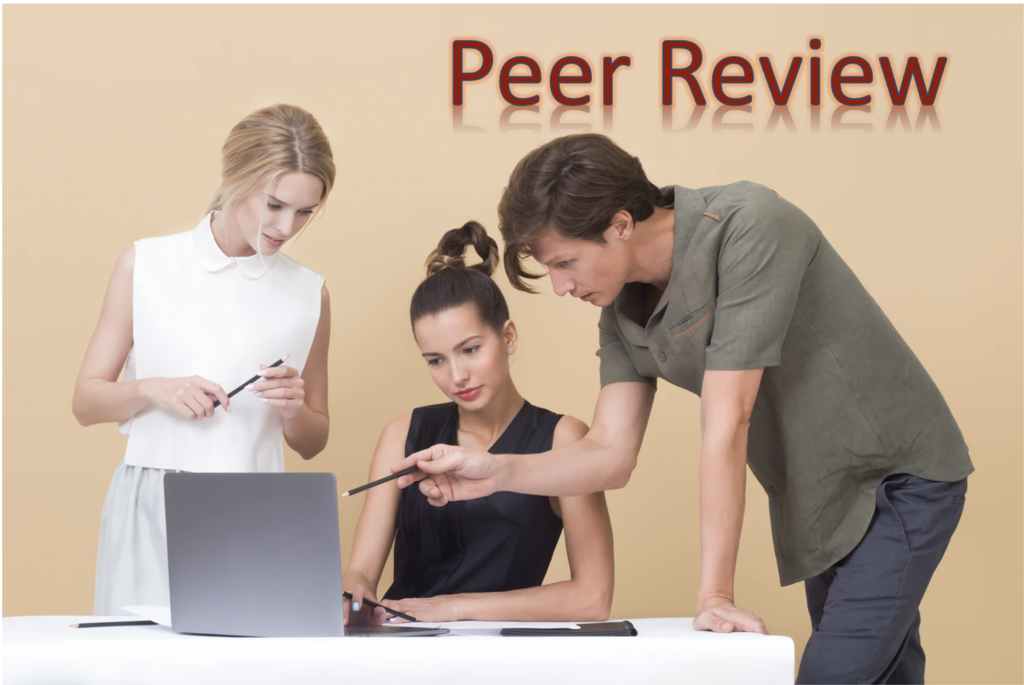
In attempts to keep this organized and straightforward, I will go through your learning resource heading by heading and make my comments this way.
Overview of the Resource
- Very clear description that explains what you will be covering in this unit and why
- Good job incorporating multiple sources
- Spelling suggestion: switch the “a” before vocabulary to “the” in this sentence – “Learning about perimeter gives students a vocabulary and problem-solving skills relevant to measurement that is valuable in life beyond the classroom.”
Learning Theory and Design
- Great choice in going with constructivism for your lesson. I think this will be especially beneficial with a math lesson as the students will be able to construct a deep understanding of measurements and their relationships. With constructivism, students relate information to prior knowledge which will help them create a concrete understanding of these essential math concepts. In addition, I think your use of various learning styles will be beneficial to the students overall learning.
- It seems to me that there may be a spelling error in this sentence. “Finally, we have used the experiential learning model promoting learning through reflecting and doing to design hands-on, “real world” activities for our students to complete.” The part that says “and doing to design hands-on” does not seem clear to me. Perhaps you could rephrase this sentence to say something like “Finally, we have used the experiential learning model to promote learning through hands-on activities and reflection.”
- Finally, it may be worth considering a second source in this section but that is totally up to you guys!
Context
- Grammar correction: there should be a comma after “To remove barriers that these students may experience”
- I love that you are incorporating images, audio etc. This will definitely help students with dyslexia but will also improve understanding for everyone as a whole
Technology
I think your chosen technology makes perfect sense and your rational explains how it will benefit the class. Great job!
Examples of Topics
- It seems to me that subtopics 2 and 3 have a run on sentence. I would recommend putting a period where the first semicolon is in both and start a new sentence as the two sentences can stand alone by themselves.
Misconceptions
- In your explanation of perimeter there should be a comma after “When students are presented with objects that are irregular”
- Great choices for misconceptions and I love the diagrams you included!
Curricular Connections
- Good use of the BC curriculum!
- No work needed here!!
Layout Plan
Essential Questions:
Your essential questions are very clear and well-articulated!
Learning Outcomes:
- It seems to me that many of your learning outcome have multiple verbs that they are assessing. As we talked about in week 3, each objective should have one verb. You may want to consider switching your outcomes so that you are only assessing one aspect in each. For example, in your lesson 3 outcome, you say student will be able to define and demonstrate. What happens if a student can define, but not demonstrate? Are they demonstrating mastery if they can only do one or the other? This makes the assessment aspect tricky.
- Another example of how you can make your outcomes more concise would be by changing your outcome for lesson 5 so it only includes one’s verb, preferably one from the highest level of Bloom’s taxonomy as it is your biggest assessment piece. Perhaps you could reword this objective to say something like, “Using the various knowledge gained throughout the unit, students will formulate answers to real world problems.”. Using the word formulate allows you to assess the highest level in blooms taxonomy while keeping it concise and only assessing one variable.
For further reading and guidance on these comments, I encourage you to take another look at this resource from week 3! https://tips.uark.edu/using-blooms-taxonomy/
Activities/Assessment:
Great work on the activities and assessment everyone! Your activities clearly relate to, and assess, your learning outcomes. I appreciate that you incorporated a lot of formative assessment before doing a final summative assessment piece. In addition, I can see various forms of interaction taking place throughout you plan which include student-student interaction, student-teacher interaction, and interaction with both materials and technology. Your use of technology is concise and shows clear benefits including the advantages it has for inclusive learning. I think your activities and assessment are very strong!
Spelling and Grammar Corrections:
– Lesson 1 activity (a) description: comma after “When the student’s demonstration of measurement is correct”
– Lesson 1 activity (b) description: “In the same groups of 3-4 students will each find four items that will fit into a pencil box” – perhaps consider rewording? You could switch this to say, “each will” instead of “will each”.
-Lesson 1 activity (b) description: comma after “Once the students have their list”
-Lesson 2 activity (a) description: remove the “a” before teacher-led slides in the first sentence Lesson 2 activity (a) description: In the last sentence, add in “the” before saying Nearpod cork board feature
-Lesson 3 assessment: “Throughout the lesson there are a number of formative assessment tools, such as answering prompts on a corkboard and answering questions on short quizzes in the app.” – comma after lesson, no comma after tools
Final Comments
- I love the template you guys used! Is there any way you could share the blank template with me for future reference?
- This is a really great lesson plan. Your activities are fun and hands-on which I think will really draw the students in. I particularly like the creating a zoo activity. I think you guys made really good use of technology and made sure to address inclusion every step along the way. I think if you touch up your learning outcomes your resource will be full proof and ready for use!
Photo Credits: Header photo by Icons8 Team on Unsplash

